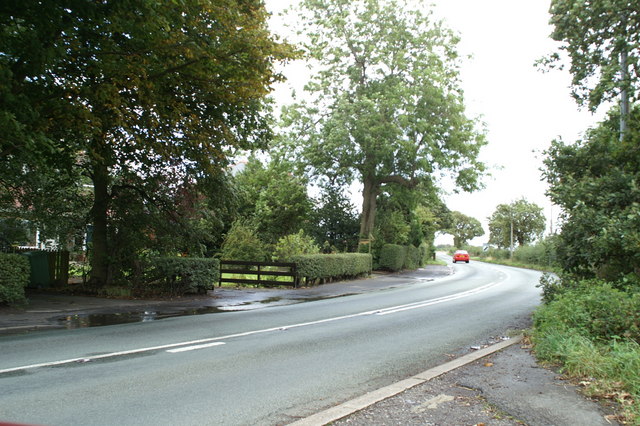In addition to using imagery that holds underlying meaning, authors also use various types of figurative language such as simile, metaphor, and hyperbole. The following is an explanation of these types of figurative language:
- Simile: A comparison of two things that are essentially different, usually using the words like or as
- Metaphor: A subtle comparison in which the author describes a person or thing using words that are not meant to be taken literally
- Hyperbole: An intentional and extreme exaggeration for emphasis or effect
If you need a review of similes and metaphors, check out the brief educational video “Similes and Metaphors.”
Source: Similies and Metaphors, daniellesasser, YouTube
Next, examine a passage from The Secret Life of Bees. After you read the passage, click on one example each of simile, metaphor, and hyperbole. If you correctly identify one of these figures of speech, it will highlight pink for simile, yellow for metaphor, and blue for hyperbole .

What can we infer from each of these examples? Click on each type of figurative language below to read.
The bees’ wings “shining like bits of chrome in the dark” creates a strong, bright, noticeable effect, making the bees seem like something manmade and solid, such as a car or bicycle. It may evoke the idea of travel.
The bees’ “propeller sound” makes us think of the bees’ sound as loud and fast and also calls to mind a helicopter, causing the reader to think of flight and travel.
This example is also a metaphor because a heart doesn’t have a seam to split. The “seam” is a metaphor that supports the idea and the image of the heart splitting.
The speaker’s heart does not literally “split,” but rather this example of hyperbole implies that she feels her heart breaking when thinking of the freedom experienced by these bees.
In another example of a journey—this time running rather than driving—identify each example of figurative language, and decide what inference you can make about it. Review your definitions of simile, metaphor, and hyperbole from earlier in this section, and then add one more figurative device this time:
- Personification: Figurative language in which nonhuman things or abstractions are represented as having human qualities

Source: U.S. Marines with the All-Marine track team run during practice at the 2013 All-Marine Warrior Games team training camp at Fort Carson in Colorado Springs, Colo., May 4, 2013 130504-M-SO412-180, LCpl Sharon Kyle, Wikimedia
Raymond’s Run
By Toni Cade Bambara
And then I feel my weight coming back just behind my knees then down to my feet then into the earth and the pistol shot explodes in my blood and I am off and weightless again, flying past the other runners. . . .
I dig my sneaker into the grass and stare at Gretchen who’s staring back, we both wondering just who did win. I can hear old Beanstalk arguing with the man on the loudspeaker and then a few others running their mouths about what the stopwatches say. Then I hear Raymond yanking at the fence to call me and I wave to shush him, but he keeps rattling the fence like a gorilla in a cage.

Wherever your travels take you and whatever you read, you now have the close reading skills to infer meaning from imagery and figurative language. These images communicate ideas beyond the literal meaning, making the experience of reading literature richer and more joyful.

Source: The open road beckons - geograph.org.uk - 1463316, David Long, Wikimedia